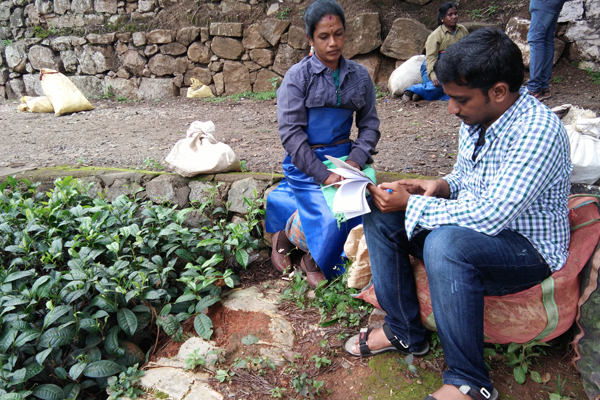Calling information a “life-saving resource”, the World Disasters Report, 2005 noted: “Disaster-affected people need information as much as water, food, medicine or shelter: accurate, timely information can save lives.”
Indeed, it can. But how do you manage and provide accurate information on time in an emergency response situation?
Here we share our experience of managing information exchange during the two-year relief and rehabilitation intervention in the Tsunami-hit Nagapattinam district of Tamil Nadu, India. What we did, observed, and learnt, converge to deliver insights into how a strong information exchange system can be built and sustained to ensure efficient humanitarian response to disasters.
In the aftermath of the 2004 Tsunami, as governments, organisations, and individuals sprung into intensive rehabilitative action, an innovative public-private partnership mechanism called NGO Coordination and Resource Centre (NCRC) was established to facilitate coordination of relief and rehab efforts of various organizations and individuals at the district level. This allocated a prominent role to Information Exchange and Communication (IEC). Generating precise and timely information, and in a form that could directly be used for decision-making by a variety of stakeholders, was key.
As experts in M&E systems design and implementation in India, we were asked to lead the IEC Division of NCRC. Our efforts in Nagapattinam centred around the principles of speed, accuracy, and the ability to address rapidly changing needs. We swiftly established a robust information exchange system after identifying stakeholders, their roles, and information needs for decisions.This need was continuously and concurrently assessed throughout the two years of relief and rehab interventions. To provide accurate information at all times, we updated the content on our website frequently — almost every hour, initially. Appropriate technologies and medium of communication were used to ensure collection, analysis and timely dissemination of information.
To address the challenge of working with multiple partners, and make information reach where required on time, we put in place several well-thought-out mechanisms. One of them was a network of Village Information Centres (VIC), established to collect and share information to the communities, and equipped with computers linked to the district-level unit, and further to the District Collectorate through a wireless intranet.
We also ensured relevance of content throughout. As such, what we shared varied with the rehabilitation phases — from accurate information on locations, damages, and profiles of people harmed, to guidelines for responses, good practices, and case studies, among many. In the final phase, the information needs primarily revolved around disaster preparedness, and called for developing data on disaster prone areas using geo-referencing, vulnerability mapping, etc.
The NCRC IEC division established strong linkages between the NGOs, and ensured that all of them worked in tandem and at optimum levels in terms of coverage, issues and impact. This also meant avoiding duplication of efforts, adding to the overall efficiency of the relief operations. Again, it enabled the district administration to take data directly from the field, which expedited their pace of relief work. On the other hand, the general public could easily access the information important to them, like compensation amounts/status, which brought in transparency, enhancing their trust and hope in the ongoing operations.
More interestingly, the field study we did while setting up the IEC division, brought in significant insights for better identification of issues. Unlike the perception of the funders and government, it informed that not only the fishermen community, but also farmers had been affected by the Tsunami as their farmland had been degraded by salt water. Farmers thus got included into the rehabilitation plan, and rightfully so.
Our experience in Nagapattinam bears testimony to the power of information to improve the quality, and accelerate the pace of disaster response. And, therefore, to save lives.

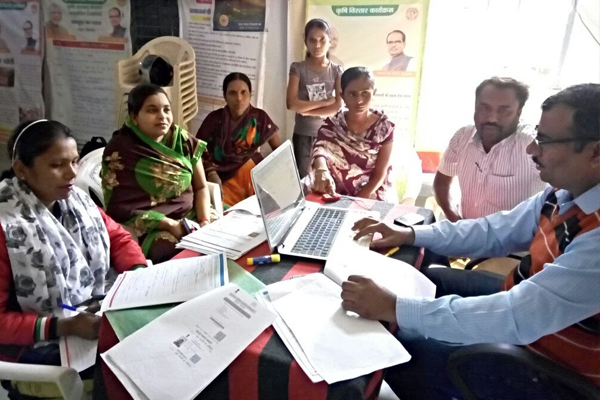
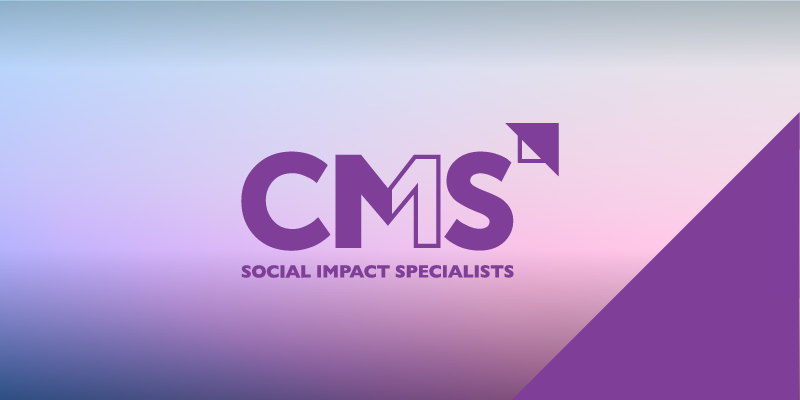
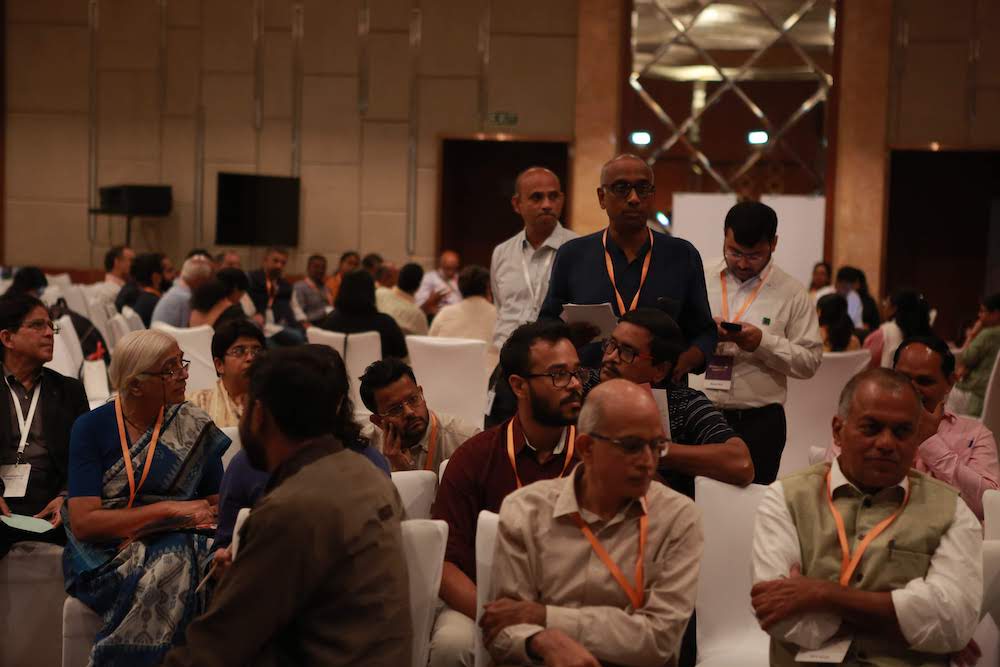
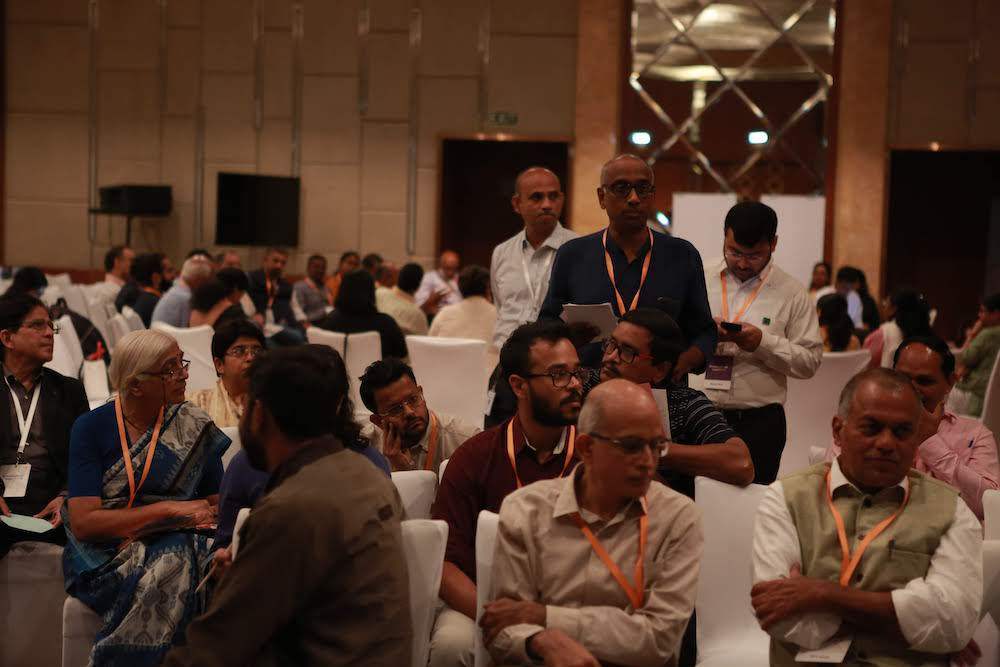
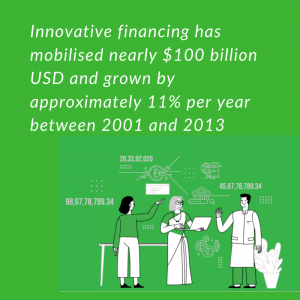 As traditional financing becomes obsolete, more and more funders look for not only verifiable and quantifiable outcomes but also for a combination of social and financial return on investment.
As traditional financing becomes obsolete, more and more funders look for not only verifiable and quantifiable outcomes but also for a combination of social and financial return on investment.